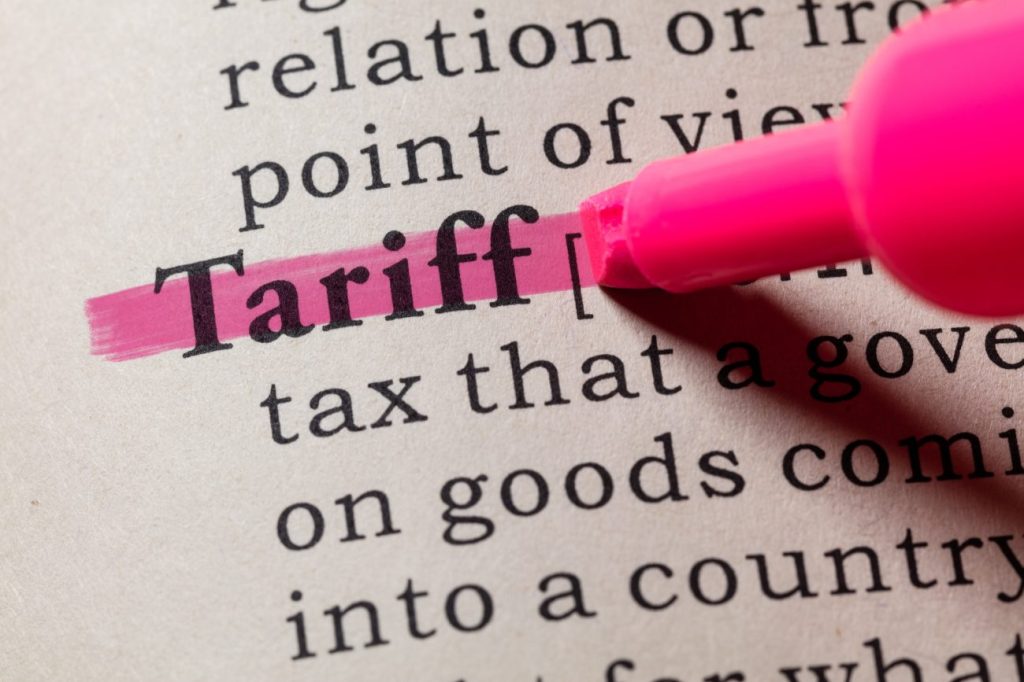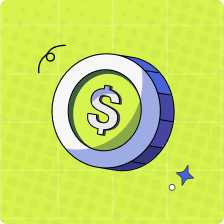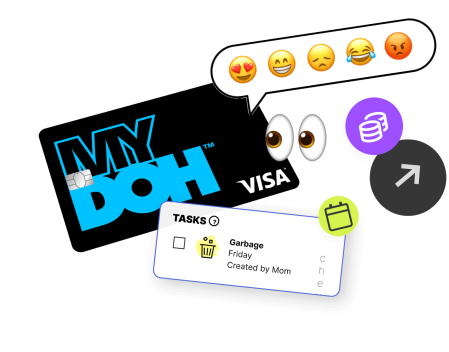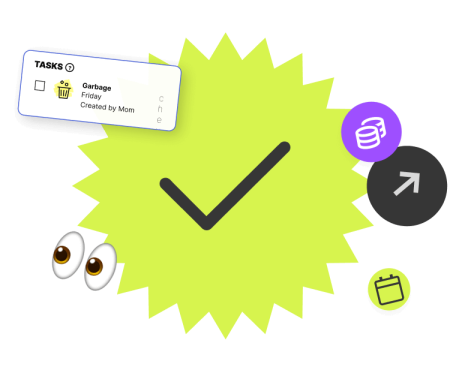Maybe you’ve heard the news. Perhaps your family is talking about it at the dinner table, or your social science teacher brings it up in class. Tariffs are in the news. But what is a tariff? And how do they work? Read on to find out!

What is a tariff?
A tariff is a fee that one country adds on items produced in one country and transported to another country (like Canada!). Sometimes a tariff is also called customs or duties. A tariff is usually placed on a certain category of product, like energy or dairy, such as milk and cheese. Tariffs are usually a percentage of the product’s value, but it could also be a fixed amount. Tariffs are one way for governments to protect local industry from foreign competitors and boost the economy.
Is a tariff the same as tax?
There are important differences between a tariff and taxes. If you have a job, you may have to pay income tax on the money you earn. Income tax goes to the government and helps pay for services like schools, hospitals, or building a new road. Similarly, the government may place a tax on items you buy and services, like an iced coffee or monthly gym membership.
But tariffs are applied by a government on certain goods produced overseas and imported into the country. Companies that import goods from another country are the ones responsible for paying the tariffs. And in may cases these costs are passed down to the consumer.
It’s a way for countries to make revenue, but unlike tax, tariffs are not directly charged to individuals.
How do tariffs work?
Let’s say your family owns a farm that produces Canadian maple syrup. And you mostly sell it to a store in the U.S. called The Best Maple Syrup Ever Co.
If the U.S. put a 25 per cent tariff on Canadian products, like maple syrup, the next time The Best Maple Syrup Ever Co orders a $100 box of your syrup, they would have to also pay an additional $25. The money would be collected by the U.S. Customs and Border Protection and goes to the U.S. government.

Now it costs $125 for The Best Maple Syrup Ever Co to purchase a box of your farm’s syrup. Unless you’re willing to give the store a better deal and sell it for less, The Best Maple Syrup Ever Co may decide to raise their prices to absorb the cost of the tariff. If they’ve been selling your maple syrup for $10 a bottle, it could now cost their shoppers $12.50.
As the price of Canadian goods (like your maple syrup) rises, the demand for these goods could decline, which could affect your maple syrup business.
Okay, so paying an extra $2.50 for maple syrup might seem like NBD. But tariffs apply to far more expensive items, like cars, which could become considerably more expensive.
Why do countries use tariffs?
Tariffs can be both a source of revenue (money!) for governments and help protect local industries from competitors in other countries. Because tariffs increase the price of imported goods, it makes those items less competitive compared to the same product made locally.
Tariffs can also be used to boost the production of goods in that country. If we go back to maple syrup as an example, a country could place a tariff on imported maple syrup, so that customers are more likely to buy syrup made locally.
But sometimes one government can impose tariffs to create a trade war, which is an economic conflict between countries.

How might tariffs affect families?
Tariffs tend to increase costs and could also weaken an economy. It’s difficult to predict exactly how tariffs could affect your family and depends on many factors, including how long tariffs would remain in effect for.
More immediately, your family may notice an increase in prices on goods imported from other countries. Canada relies on importing fruits and vegetables, especially during the winter, so those prices will likely rise.
But it’s not just the cost of family groceries it affects. Increased prices on food would impact restaurants, meaning your fruit smoothie or burrito bowl might cost you more. More expensive items like your favourite make up brand, clothing, or appliances could also become more expensive.
As well as driving up the cost of goods from imported from other countries, tariffs may result in people being laid off or businesses having to close.
While tariffs from other countries are out of our hands, there are things you can do. One of them is to buy Canadian-made products and support local businesses. This helps the Canadian economy and reduces our reliance on buying imported items.
Download Mydoh and help build the foundation of financial literacy for kids and teenagers.
This article offers general information only and is not intended as legal, financial or other professional advice. A professional advisor should be consulted regarding your specific situation. While the information presented is believed to be factual and current, its accuracy is not guaranteed and it should not be regarded as a complete analysis of the subjects discussed. All expressions of opinion reflect the judgment of the author(s) as of the date of publication and are subject to change. No endorsement of any third parties or their advice, opinions, information, products or services is expressly given or implied by Royal Bank of Canada or its affiliates.







